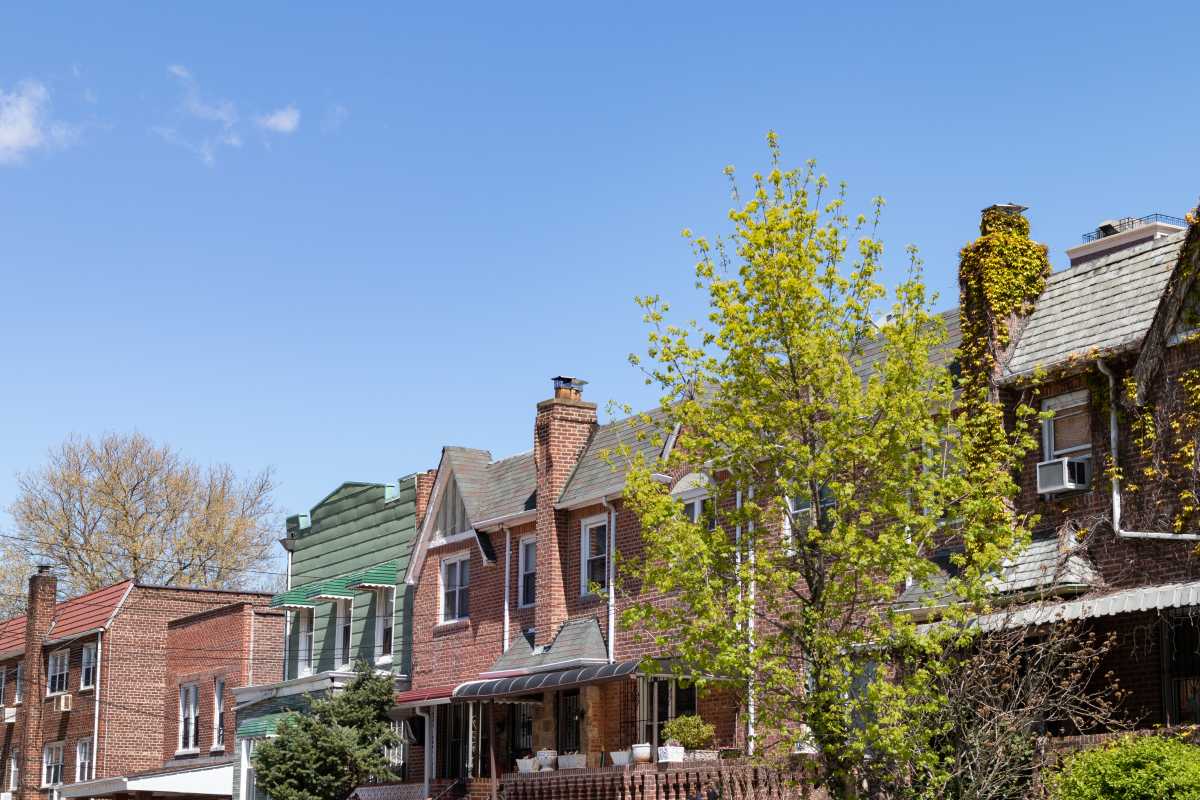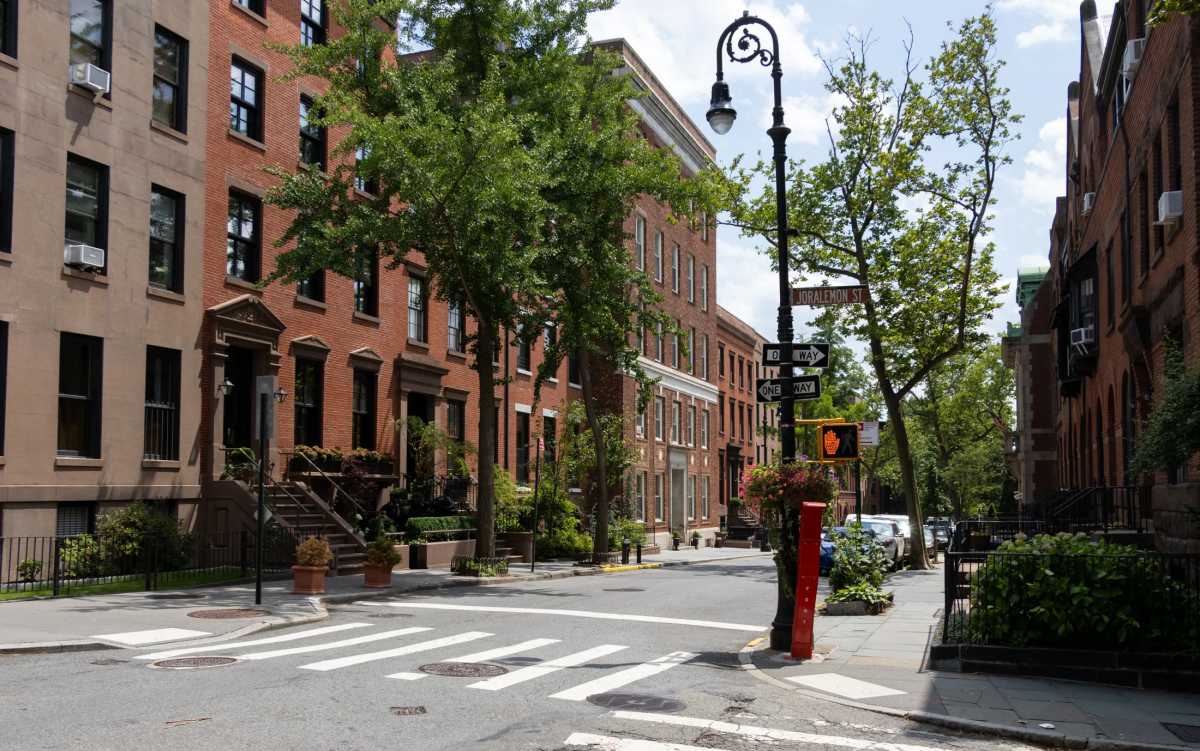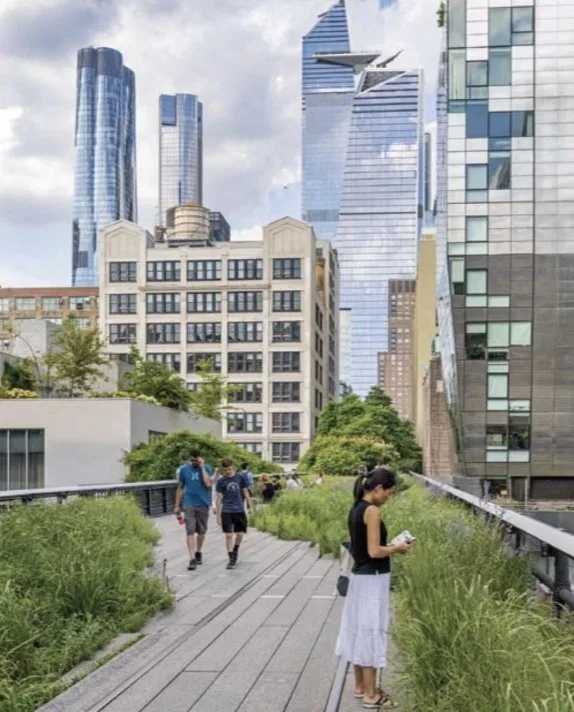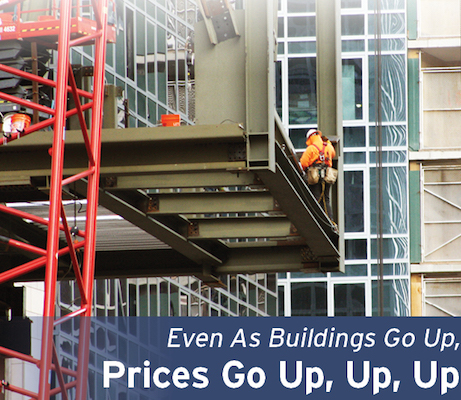
BY JACKSON CHEN | With the release of year-end sales reports showing record-breaking apartment prices across Manhattan, potential buyers in Midtown and the Upper East and Upper West Sides can find little in the way of encouragement about avoiding sticker shock in their housing search.
The continued rising prices are particularly significant in light of a decline in median and average costs in the sale of new construction units.
According to a fourth quarter 2014 report from the real estate brokerage Douglas Elliman, the sales prices throughout Manhattan reached record highs across numerous categories.
Encompassing all of Manhattan, the Elliman report shows that median sales price jumped 17.3 percent, compared to the fourth quarter of 2014, and reached $1.15 million, beating the previous record of $1.03 million in the second quarter of 2008, before the full onset of that year’s big recession.
Average sales prices followed suit, with a record high of $1.95 million, a 12 percent increase from the previous year. Additionally, Manhattanites are paying $1,563 per square foot for their apartments, a level never before seen.
The high numbers are explainable due to insufficient inventory for resale condos and co-ops and continuing high buyer demand, according to Jonathan Miller, author of the Elliman report.
“The reason why prices are rising in the resale market is because inventory is chronically low,” Miller said. “It bottomed out in 2013 after the peak of ’09. In ’14, it rose a little, but in ’15 it flat-lined.”
In all three neighborhoods, numbers from the Corcoran Group report show steady increases in resale prices in 2015’s fourth quarter.
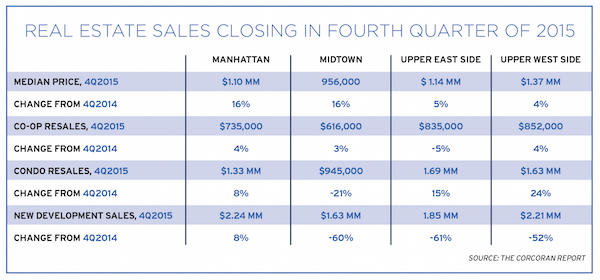 For Midtown, buying increased 41 percent, fourth quarter 2014 to fourth quarter 2015, from 531 closed sales to 749, but inventory only saw a 10 percent increase from 914 to 1,007.
For Midtown, buying increased 41 percent, fourth quarter 2014 to fourth quarter 2015, from 531 closed sales to 749, but inventory only saw a 10 percent increase from 914 to 1,007.
Though the average price of resale co-ops in Midtown dipped in the fourth quarter, the median price rose three percent from $598,000 to $616,000. Apartments of all sizes saw higher median price tags, with the three or more bedrooms chalking up a 24 percent year-to-year increase from $2.05 million to $2.538 million. One and two-bedroom co-ops saw slight increases — one and five percent, respectively — while studio prices climbed 13 percent from $354,000 to $400,000.
In the case of Midtown resale condos, though the median price decreased 21 percent from $1.19 million to $945,000, that clearly indicated a changing mix in the size of apartments that closed. Three or more bedroom condos in Midtown saw a 23 percent increase, raising the median price from $2.976 million to $3.65 million. Prices rose nine percent for two-bedrooms, to $1.88 million, and four percent for studios, to $590,000. Only one-bedroom sale prices declined, by six percent from $898,000 to $845,000.
Across co-op and condo resales plus new building unit sales, the median sales price in Midtown grew 16 percent compared to the year before, to $956,000.
On the Upper East Side, housing stock on the market increased five percent — from 1,112 to 1,169 units — in the face of a six percent increase in closed sales, from 744 to 791.
The median price for resale co-ops also fell on the Upper East Side, by five percent, compared to last year, from $882,000 to $835,000. Again, this reflected a changing mix of apartment sizes in sales that closed, given that median prices for studios, one-bedrooms, two-bedrooms, and three or more bedrooms all jumped by at least five percent. The highest increase in median price came from the three or more bedroom category, which saw a 23 percent increase from $2.85 million to $3.5 million.
Resale condos on the Upper East Side saw a median price increase of 15 percent, from $1.463 million to $1.685 million, though apartments with three or more bedrooms actually saw a 22 percent decrease, from $4.275 million to $3.35 million.
Overall, the median sale price on the East Side grew five percent, to $1.14 million.
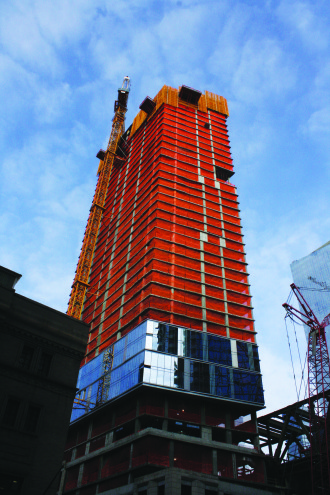
As for the Upper West Side, resale co-ops saw slight fluctuations, with a median price increase of four percent from $815,000 to $852,000. Studios made up the only category to see a slight decrease — of five percent — while all other apartment sizes saw slight increases in pricing.
Resale condos on the West Side saw a steep rise in median price of 24 percent, from $1.31 million to $1.63 million, and an increase of larger, higher cost units in the mix. The median price for three-bedroom units rose six percent, to $4.38 million; for two-bedrooms by 11 percent, to $2.21 million; and one-bedrooms, by 10 percent, to $1.15 million. Studio median prices declined slightly — by two percent, to $650,000.
The steep rise in condo resale prices and the greater share of condos in the sales mix led to an increase in median sales price for the neighborhood overall of a whopping 37 percent, to $1.37 million.
A trend that was similar across all three neighborhoods was the significant decrease in the median sale prices for units in newly developed buildings. The 85 percent decrease in the average sales price for new development units on the Upper West side, for example, from $18.81 to $2.75 million, is a fact that certainly catches the eye. According to Elliman’s Miller, however, numbers like that are skewed, representing a “volatile” new development market.
“What you’re really seeing is a lot of high-end closings that went to contract further back than what the resale data will show,” he said of the price trends with new developments.
As an example, Miller said One57 — a 94-unit luxury high rise — closed a sale in 2014 that was captured in that year’s fourth quarter statistics, but had a $100 million price tag and actually went to contract in 2012.
With several high-end closings from One57 in 2014 juxtaposed against more affordable closings in 2015, the Corcoran report’s numbers also showed a median price drop in Upper West Side new development units of 52 percent, from $4.65 million to $2.21 million. According to Corcoran, the numbers dropped because of closings at One Riverside Park, a 33-story waterfront property, and at 175 West 95th Street, an apartment complex with 27 floors.
As with the Upper West Side, Midtown saw a 60 percent decrease in median sales price for new development units, from $4.04 million to $1.63 million. Matching that trend, the Upper East Side’s median price for new construction units dropped 61 percent, from $4.70 million to $1.85 million, because of closings at moderately-priced developments like the Carnegie Park Condominium at 200 East 94th Street, a 31-story complex.
“The optics on new development are much more scattershot,” Miller explained. “I’d call it more of a circus side show; they’re big numbers and certainly not a small segment of the market, but it is much smaller than the part of the market that is the resale market.”
Other real estate analysts agreed that with new development numbers, it is usually difficult to spot any reliable trends in quarter to quarter tallies.
According to Greg Heym, chief economist for Terra Holdings — the parent company of Brown Harris Stevens and Halstead Property — the gap between contracts being signed and a closed sale on new construction units makes it difficult to rely on the data.
“You have to be careful at looking at new development numbers from quarter to quarter,” Heym said. “The building at One57 has a bunch of closings and prices can skyrocket, then you have buildings not on the market and the data goes right back.”
Contrary to the randomness of the new development numbers, the resale market acts more in line with the ebb-and-flow of real estate, Miller said.
According to Dottie Herman, CEO of Douglas Elliman, “The resale market remains tight with low inventory, a fast pace, and rising prices.”
For the new year, Herman said, she expected those conditions, challenging for buyers, to continue.



